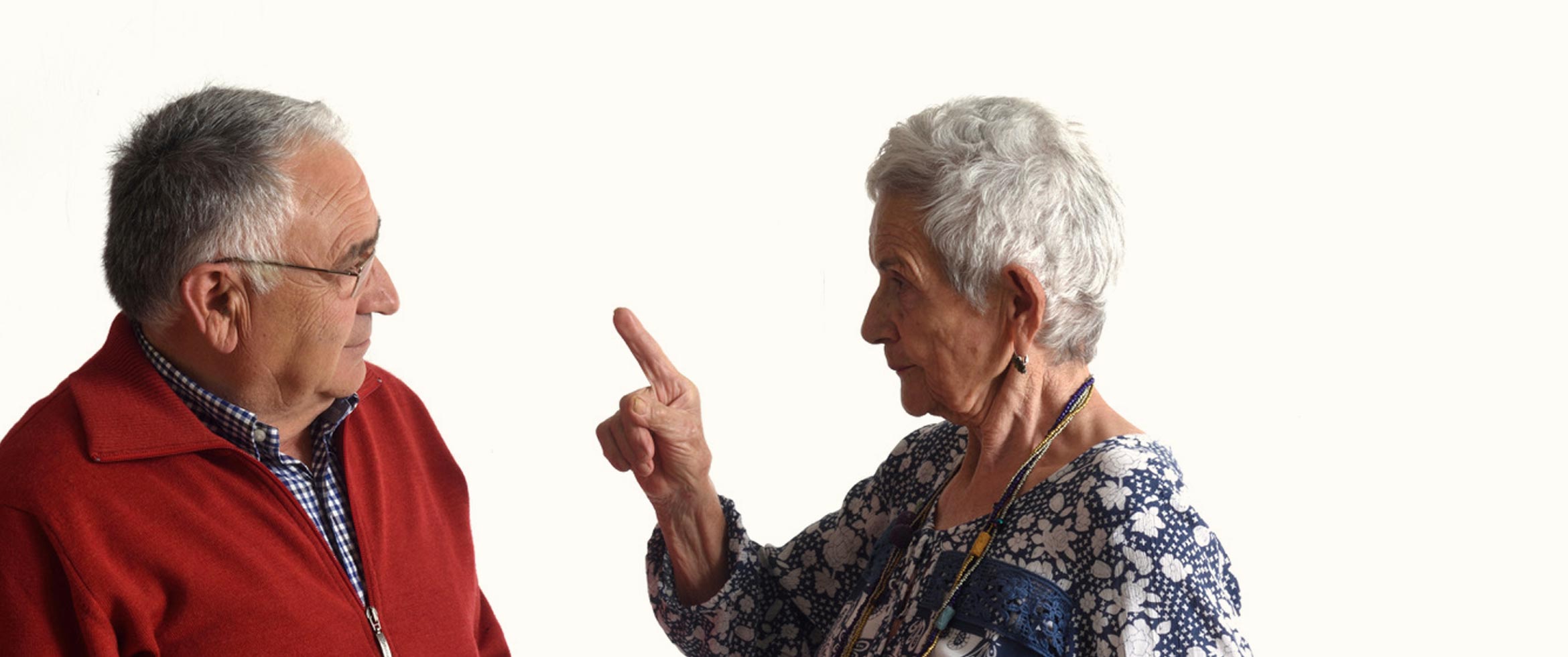Commissioned by the public health network for Cheshire and Merseyside (ChaMPs), Snack Right was a program designed to help children in low-income neighborhoods replace at least on…
Created through a joint initiative between Marie Stopes Australia, the Victorian Aboriginal Community Controlled Health Organization (VACCHO), and the Mildura Aboriginal Health Se…
In 2009, Pathfinder International and its partners implemented the Strengthening Communities through Integrated Programming (SCIP) project in Nampula province, Mozambique with a g…
In 1997, South Africa was in the midst of a growing HIV epidemic. In an effort to combat the spread of HIV, the Kaiser Family Foundation, working with the National Health Foundati…
In 2011, a social marketing intervention was developed and tested at the University of Wollongong to determine its effectiveness in reducing the spread of colds and flu among univ…
Created in 2003, the West of Scotland Cancer Awareness Project aimed to encourage individuals belonging to at-risk populations in the region to contact the National Health Service…
In 1996, the Agita São Paulo program was launched to help combat the effects of low physical activity in the Brazilian state, particularly among lower income residents, by encoura…
In an attempt to combat vehicle idling, Toronto instated an Anti-Idling Bylaw limiting vehicle idling to three minutes. However, because enforcement proved difficult, the bylaw al…
In 1998, Nortel Networks initiated GreenCommute, a Transportation Demand Management (TDM) program for its campus expansion in Ottawa, Ontario. Through enhancing and promoting alte…
Created by York Region’s Public Health and Housing Services, the Clean Air at Home pilot was designed to reduce exposure to indoor air contaminants among children from birth to si…



